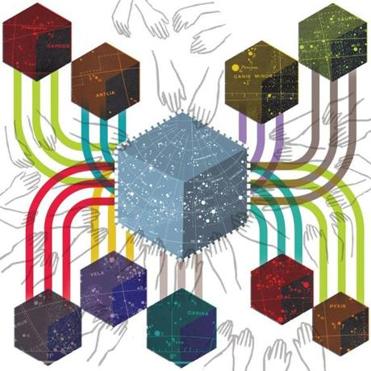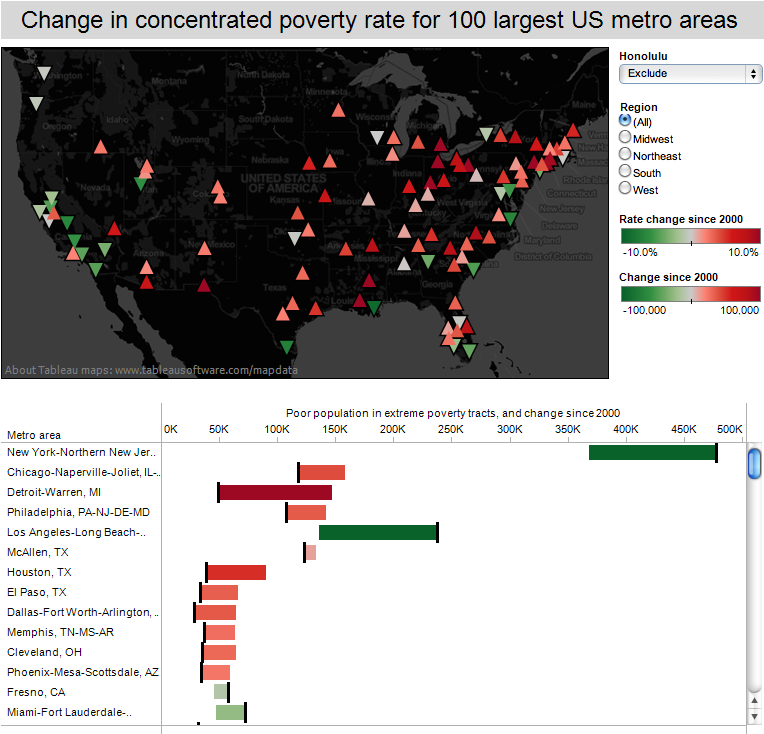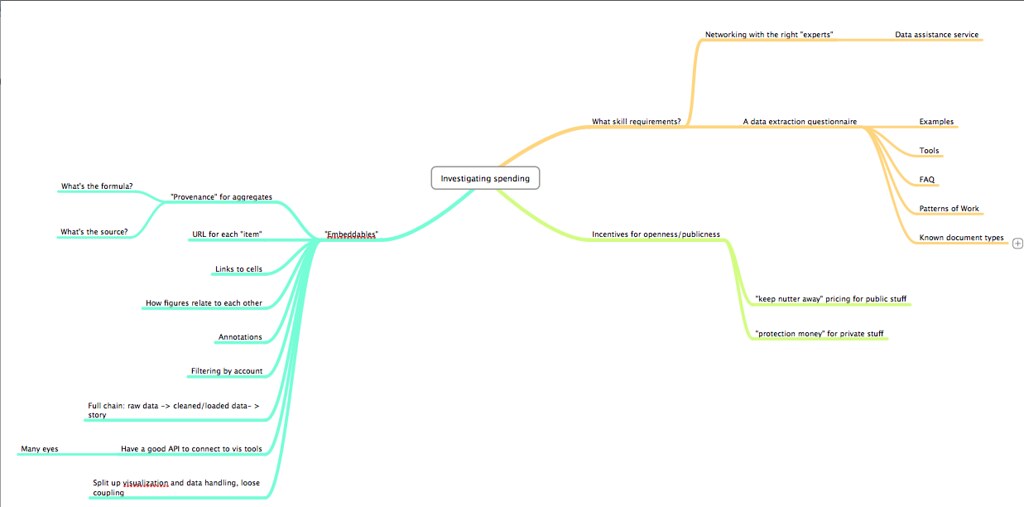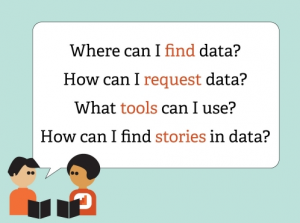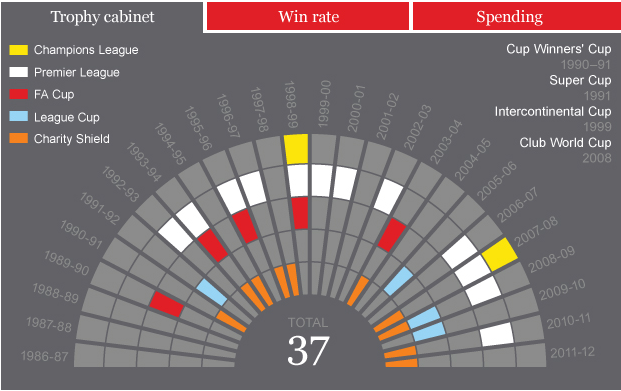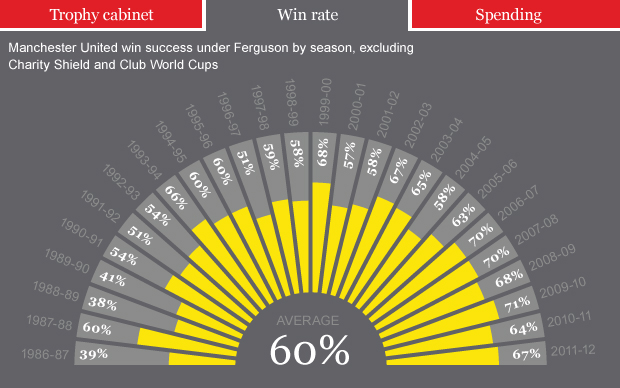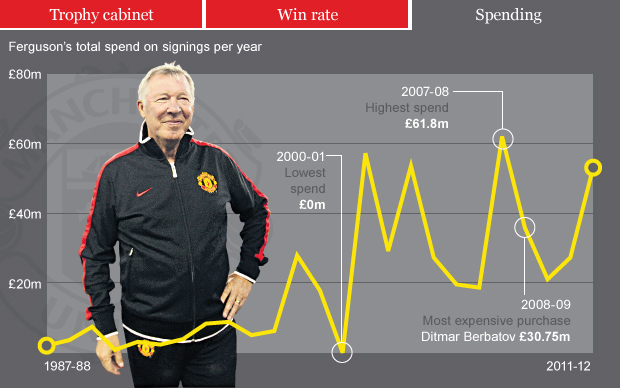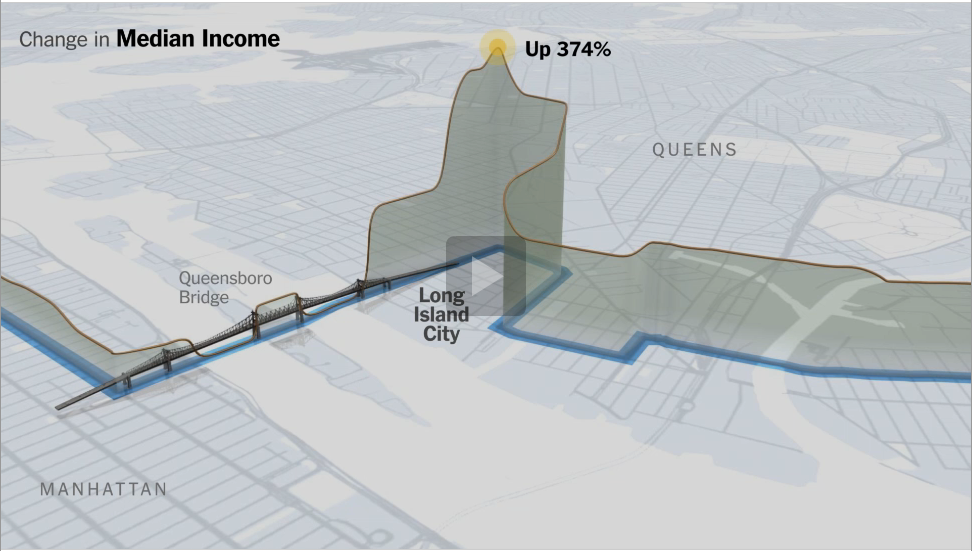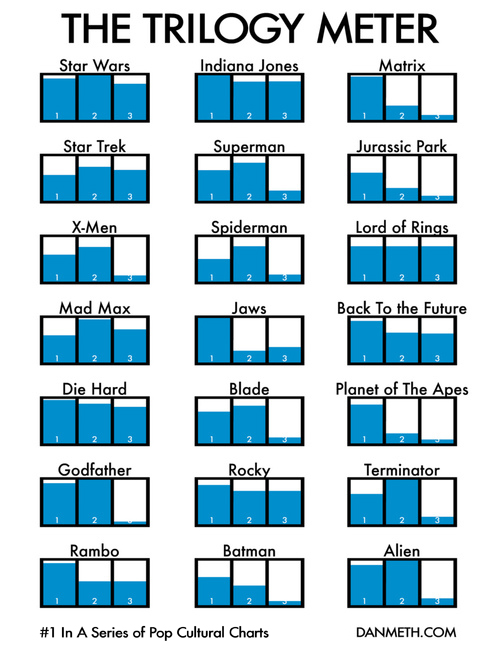Monastic Musings Too – By Sister Edith
I had never heard of Data Journalism until a few weeks ago. I’m still not entirely sure I understand what it means – but there are seemingly job openings for Data Journalists. Plenty of them.
What makes a person a data journalist? The ability to deal with data. At first I thought this must be pretty simple: take a statistics class, learn the basics of data interpretation. Want to know more? Take more statistics classes. That was a social scientist‘s point of view – and it’s not true for data journalism.
Statistics vs Data Journalism
A data journalist definitely needs to know basic statistics. No competent data journalist would confuse a proportion with a percentage, and then report that prices (or profits) had increased 1300%. A data journalist understands the meaning of statistical significance, can accurately interpret reports of scientific research, and is energized, rather than terrified, but the presence of numbers.
The difference between the professions is found in the auxiliary skills. A social scientist – the group most commonly compared to data journalists – expects to define variables, collect data that no one has collected before, or create unique data sets. Even social scientists who specialize in secondary analysis – working with data collected by governments, international agencies, or public data sets – are interested primarily in exploring theories or evaluating which academic perspective is more likely to be true. So they study research methods, marinate themselves in the intricacies of social theories, and garner all the tools of academic discourse.
The data journalist does not expect or want to be the creator of data – although she may well aspire to be the one who combined existing data in new ways to generate a new perspective. The data journalist needs all the skills of any journalist – tracking down all angles of a story, gathering the particular details and forming a coherent narrative that is supported by the facts of the situation. For a data journalist, those facts are data – usually numbers – gathered by local, statewide, national, international governmental bodies as well as many non-profit agencies and dozens – hundreds – of public relations and advertising firms. Oh yes – there’s also the data being generated by your cell phone,Facebook or Linked-In, your computer use and Google click-through, and the like.
Skills of the Data Journalist
Beyond the basics of statistics – understanding a frequency distribution table or a research report – the data journalist is an organizer of existing data. They pursue topics not data sets or research agendas. Rather than a long academic review of the literature on an issue like religious freedom or the psychological impact of unemployment, the data journalist wants to discover and create an underlying plot line, and support it with data from government reports, social scientists’ research projects, economic projections, and more. [Read more…]

